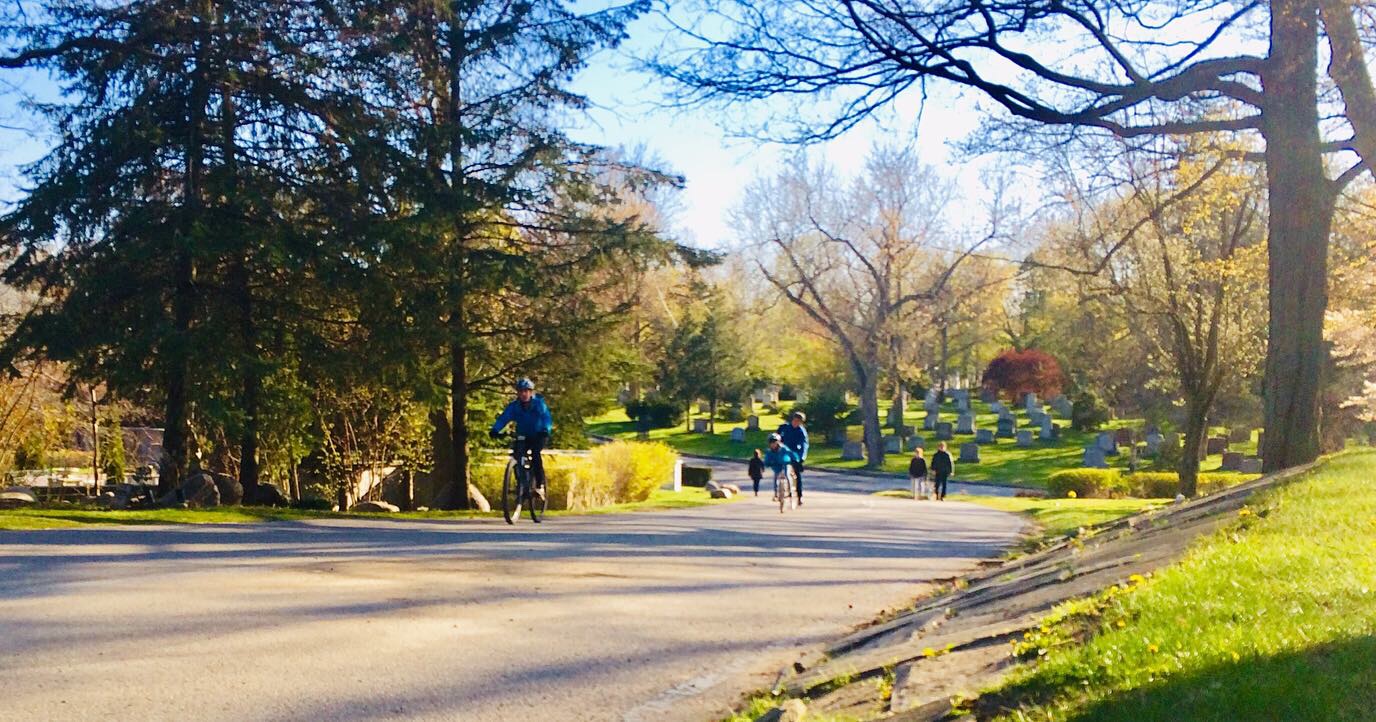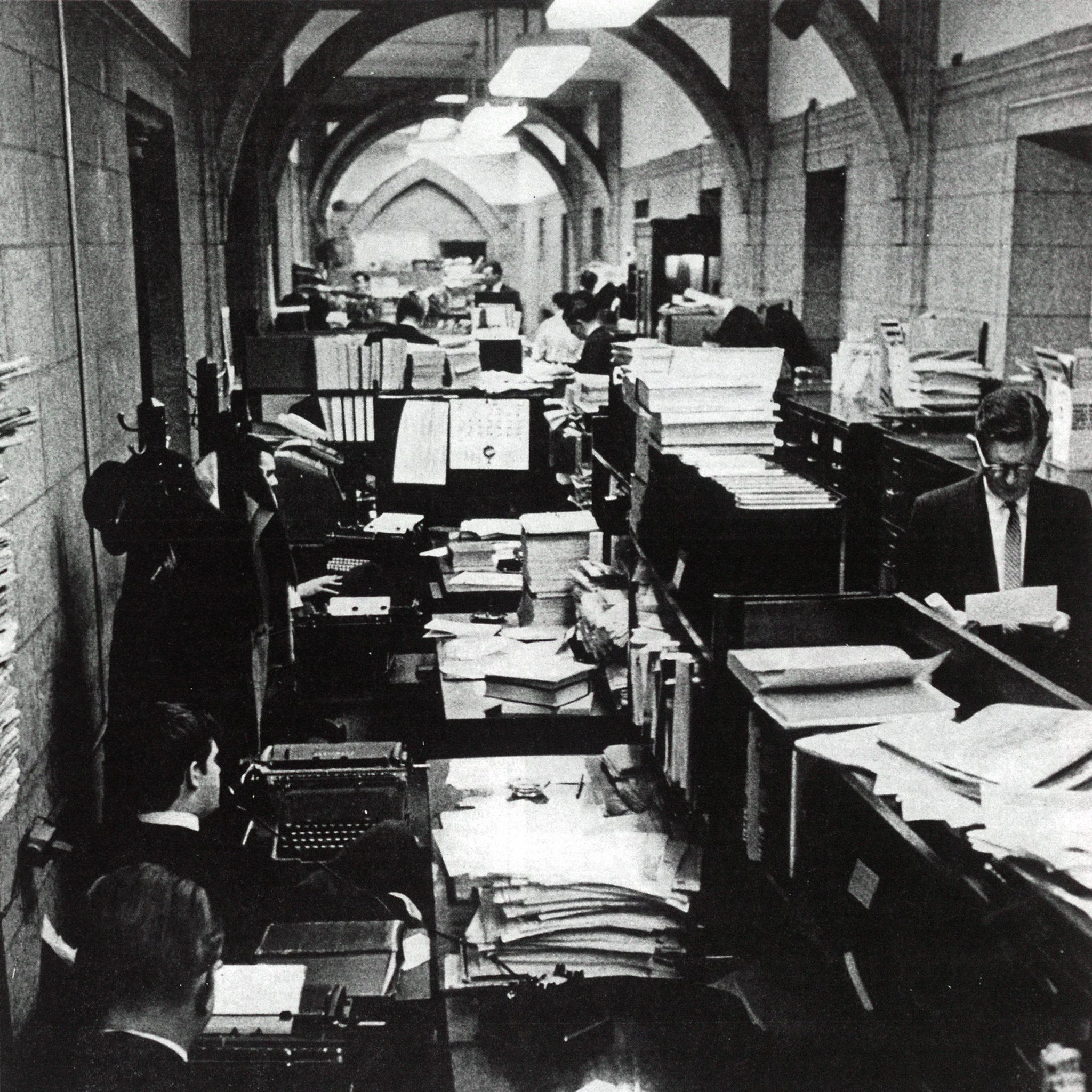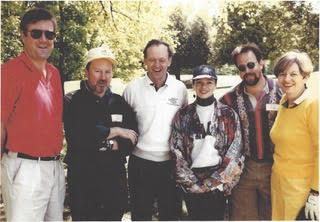Archive
Losing Lapland
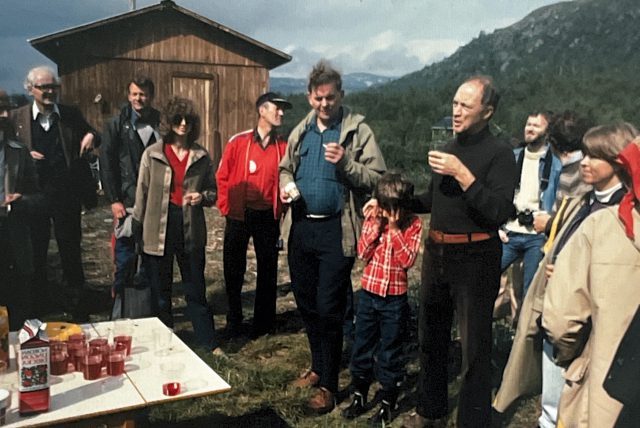
Pierre and Justin, 8, with Swedish PM (Photos: Robert Lewis)
In the summer of 1980, I flew with Prime Minister Pierre Trudeau’s entourage from Italy, where he attended the Venice Summit, for a brief Scandinavian tour. One of the stops, which I covered as the pool reporter, was a helicopter trip to what we then called Lapland, in the High Arctic, the ancestral home of the Sami indigenous people. After 6,000 years it was clear that the Samistill had to fight for the rights to their language and their land, which they call Sápmi. My report in the July 27, 1980 Maclean’s:
1980-7-28 Losing Lapland
Update: Will a railway across Europe’s last great wilderness create new jobs – or destroy the Sami people’s ancient way of life?https://www.theguardian.com/world/2019/feb/23/battle-save-lapland-want-to-build-railroad And then there is the issue of wind tubines and the disappearing reindeer herds. “The Sami — formerly known as Lapps, a term now considered pejorative — are an indigenous minority of around 100,000 people that have traditionally lived off reindeer herding and fishing….Spread out over the northern parts of Norway, Sweden, Finland and Russia, the community has a painful past. They were subjected to brutal assimilation efforts in the 20th century, and the land they have relied on for generations is today pockmarked by energy, mining and tourism projects.Like modern-day Don Quixotes, the Sami are now standing up against windmills. The Sami Parliamentary Council, a cooperation body uniting the community’s parliaments in Norway, Sweden and Finland, demands a form of veto right for future projects. https://www.france24.com/en/live-news/20220113-earth-wind-and-reindeer-lapland-herders-see-red-over-turbines

In the colonial era, we called it Lapland

Pierre and Justin, 8, with Swedish PM (right)
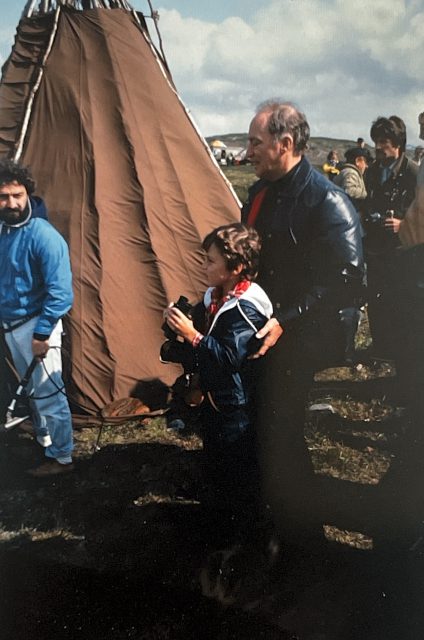
The Journalists of Mt. Pleasant
My regular walks through the Mt. Pleasant Cemetery in central Toronto are, literally, a stroll down history lane, past the graves of William Lyon Mackenzie King, Ontario premier Oliver Mowat, pianist Glenn Gould and many other dignitaries and celebrities. The walk also is a chance to give a nod to some of the outstanding journalists of their day: legendary Globe and Mail editor John S. Willison, CBC stars Knowlton Nash and Larry Zolf and my friend, Maclean’s editor Kevin Doyle. Some sketches:
John S. Willison (November 9, 1856 – May 27, 1927).
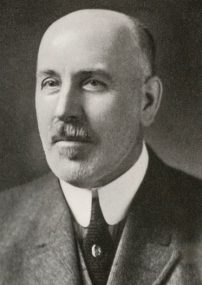
John Willison (Thomas Fisher Library, U of T).
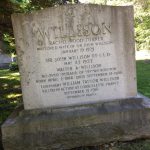 After he went to the Parliamentary Press Gallery in 1886 he became close to prime minister Wilfrid Laurier whom he admired for his soaring oratory in opposing the hanging of Riel. A strong believer in British imperialism, he nonetheless was concerned about the rising anti-Quebec and anti-Catholic sentiments in Orange Ontario and helped Laurier campaign in Ontario. But in 1911, after Canada signed a sweeping free trade deal with the United States, Willison deserted Laurier. From his new post as editor of the Evening News in Toronto, he led the attack on the reciprocity agreement and the elimination of protective tariffs—favoured by the Toronto corporate establishment. Facing a Commons filibuster, Laurier called an election to clear the air. Willison wrote Borden’s party platform. The Tories won the election — and the new Prime Minister bestowed a knighthood on Willison. In his latter years, Willison tired of the partisanship of the newspapers and began hiring talented, independent reporters and insisting on presenting a more. balanced view of the world. He was a proud member of the Toronto business establishment and, along with his wife, Ruth, was active in community affairs. They raised two sons and lived in in a sprawling mansion now part of the University of Toronto. A more complete account of Willison is in Chapter two of Power, Prime Ministers and the Press. (More to cum)
After he went to the Parliamentary Press Gallery in 1886 he became close to prime minister Wilfrid Laurier whom he admired for his soaring oratory in opposing the hanging of Riel. A strong believer in British imperialism, he nonetheless was concerned about the rising anti-Quebec and anti-Catholic sentiments in Orange Ontario and helped Laurier campaign in Ontario. But in 1911, after Canada signed a sweeping free trade deal with the United States, Willison deserted Laurier. From his new post as editor of the Evening News in Toronto, he led the attack on the reciprocity agreement and the elimination of protective tariffs—favoured by the Toronto corporate establishment. Facing a Commons filibuster, Laurier called an election to clear the air. Willison wrote Borden’s party platform. The Tories won the election — and the new Prime Minister bestowed a knighthood on Willison. In his latter years, Willison tired of the partisanship of the newspapers and began hiring talented, independent reporters and insisting on presenting a more. balanced view of the world. He was a proud member of the Toronto business establishment and, along with his wife, Ruth, was active in community affairs. They raised two sons and lived in in a sprawling mansion now part of the University of Toronto. A more complete account of Willison is in Chapter two of Power, Prime Ministers and the Press. (More to cum)
Lorem ipsum dolor sit amet, consectetur adipiscing elit, sed do eiusmod tempor incididunt ut labore et dolore magna aliqua. Ut enim ad minim veniam, quis nostrud exercitation ullamco laboris nisi ut aliquip ex ea commodo consequat. Duis aute irure dolor in reprehenderit in voluptate velit esse cillum dolore eu fugiat nulla pariatur. Excepteur sint occaecat cupidatat non proident, sunt in culpa qui officia deserunt mollit anim id est laborum.
Cub Reporter
Don Newlands was an outstanding photojournalist of the era and his work is still available through KlixPix.com photo agency. But when he took this photo for a 1965 piece by June Callwood on the Parliamentary Press Gallery, Newlands had no idea who I was. I had been on the Hill for all of two months. The photo caption identified John Houston of Broadcast News “(back to camera.)” Right, covering the arraignment of a Liberal MP at the Ottawa cop shop. 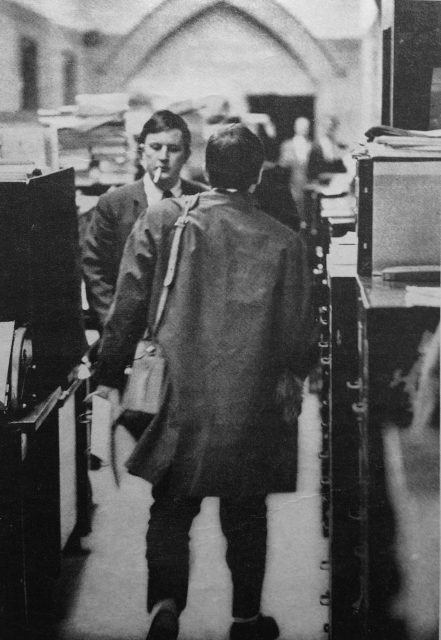

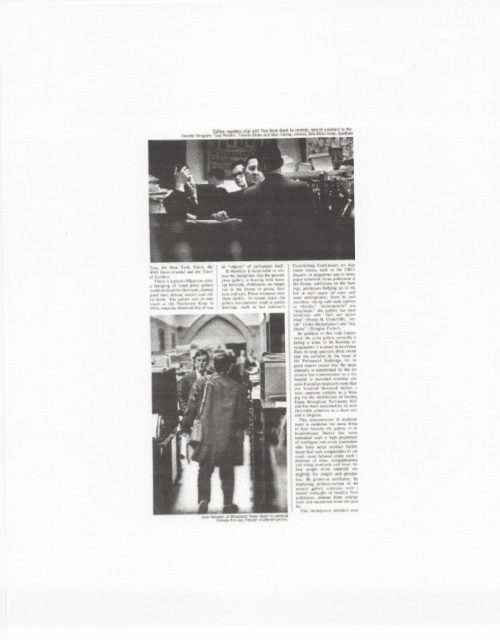
Flag Day
I always remember Feb. 15. It is the day the maple leaf flag went up for the first time on the Peace Tower — and the day I started work on Parliament Hill in 1965. Our office in an alcove off a corridor adjacent to the main room of the press gallery was one trash can short of a slum. It was a scene out of Front Page . But the intimacy of our corridor hovel allowed us to rub shoulders with some fascinating journalists, from the bottom in the photo: Peter Stursberg, Jean-Pierre Fournier, Jean Charpentier (by a nose behind the coat rack) and, standing right, Lubor Zink. Our ‘press box’ in the House was just 100 paces down the corridor through the archway. All of us, ministers, MPs, aides and reporters worked in the same building.The proximity encouraged the flow of information — and a degree of civility and camaraderie often missing today.
John S. Willison
(Nov. 9, 1856-May 27, 1927)
When he was editor of the Globe and Mail, John Willison was a loyal supporter of Liberal Prime Minister Wilfrid Laurier, going so far at one point to hold back a story that would have embarrassed the Liberal leader before the 1891 election. They had become friends after Willison went to the Parliamentary Press Gallery in 1886 and was taken by the soaring oratory of Laurier in opposing the hanging of Riel. But in 1911, after Canada signed a sweeping free trade deal with the United States, Willison deserted Laurier. From his new post as editor of the Evening News in Toronto, he led the attack on the reciprocity agreement and the elimination of protective tariffs. Facing a Commons filibuster, Laurier called an election to clear the air. Willison wrote Borden’s party platform. The Tories won the election — and the new Prime Minister bestowed a knighthood on Willison.
